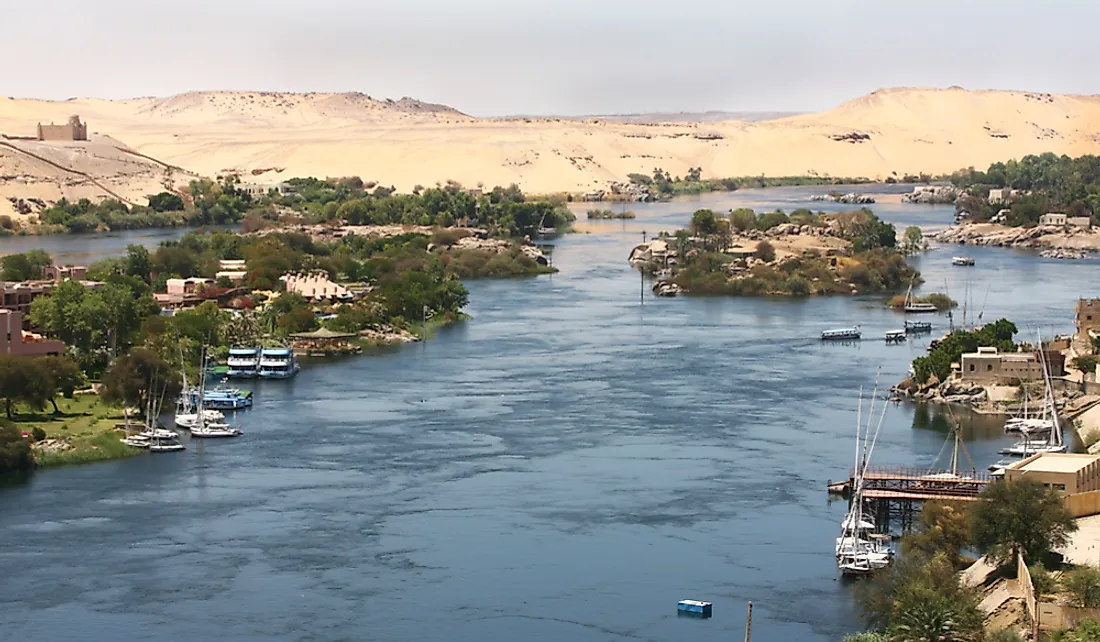Why Is Egypt Called the Gift of the Nile?

Egypt is a North African state that is linked to southwestern Asia by the Sinai Peninsula. Egypt is one of the world’s oldest civilizations and is considered to be one of the cradles of civilization. Ancient Egypt was a North African ancient civilization, nicknamed "the gift of the Nile", that was concentrated along Nile River’s lower reaches.
The Gift of the Nile
Other than the Nile Valley, a huge part of Egypt’s territory is a desert with some oases; therefore, the country depends on the Nile for its water supply. Herodotus, a Greek historian, nicknamed the region "the Gift of River Nile" because Ancient Egypt owed its survival to the Nile. The Kingdom depended on the annual flooding of the river which deposited silt in the region. The sediment provided the Egyptians with about three crops annually. River Nile is the main reason why civilization began in Ancient Egypt. Protected from foreign invasion by the surrounding desert and sustained by the Nile, Egypt grew from a simple agricultural region to a refined society.
Flooding of the River Nile
Flooding of the River Nile is a crucial natural cycle which has been celebrated since ancient times in Egypt. The flooding is an annual holiday which begins on August 15 and lasts for two weeks. The Ancient Egyptians believed that the river flooded annually due to Isis’s tears when she was crying for Osiris, her dead husband. The flooding is the outcome of an annual monsoon from May to August which causes huge precipitation in the Ethiopian highlands whose peak reaches 14,928ft. Atbarah River and the Blue Nile take a considerable percentage of the rainwater to the River Nile. A smaller amount flows through the White Nile and Sobat into River Nile.
Ancient Egyptians were not aware of these facts, and they could only observe the flooding of the Nile waters. The Egyptians could only forecast the exact flooding levels and date by transmitting the readings of the gauge at Aswan to the lower parts of Ancient Egypt. The only thing that was not predictable was the total discharge and extent of flooding. The Egyptian calendar was split into three seasons: Shemu (Harvest), Peret (Growth) and Akhet (Inundation). The Nile flooded during the Akhet season. The first sign of flooding was seen in Aswan in June.
The Importance of the Nile to the Egyptians
Other than being the principal source of water for Egypt, it functioned as a gateway to other parts of the world. The Ancient Egyptians saw flooding as the yearly coming of their god. The earliest Egyptians labored in the places that were flooded, and they developed basin irrigation about 7,000 years ago. The Egyptians flooded the basins and closed them for forty-five days for the soil to be saturated for silt to be deposited. It was then discharged to other parts of the field and then back to the Nile. Isma’il Pasha constructed the Ibrahimiya Canal in 1873 to extend perennial irrigation.











